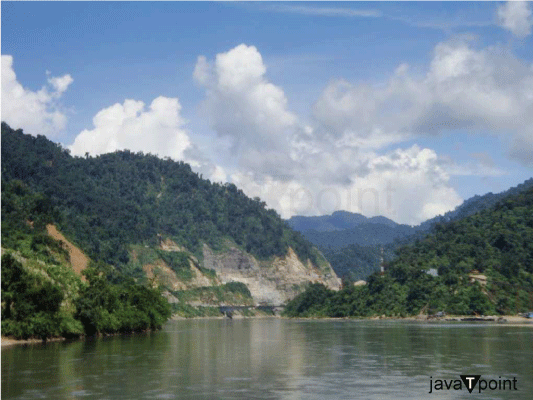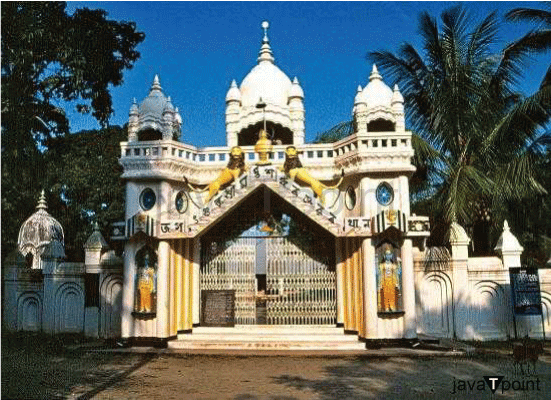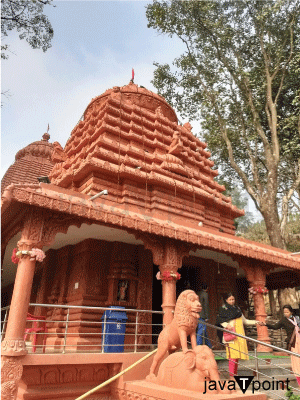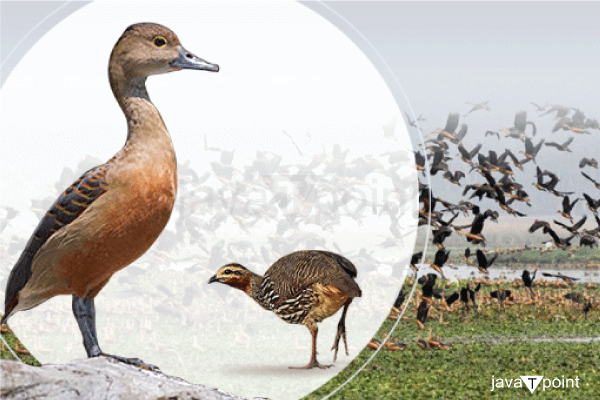4 Best Tourist Places in DhemajiDhemaji, a scenic region in the northeastern Indian state of Assam, has a rich history, unique culture, and natural beauty. Its history extends back centuries, including citations in ancient books such as the Kalika Purana. The district rose to prominence during the reign of the Ahom dynasty, as it was a vital element of the Ahom empire that flourished in Assam for several centuries. The cultural carvings of Dhemaji are made of threads from diverse ethnicities and customs. The territory is home to several indigenous communities, each with its own festivals, dialects, and customs. Bihu, the famous Assamese festival, is celebrated with enthusiasm with traditional dance, music, and feast. Local cultural forms such as Borgeet and Sattriya dance represent the combination of spiritual and artistic values. Lush foliage, undulating hills, and tranquil pools of water distinguish Dhemaji's scenery. The Brahmaputra River runs along its northern boundary, enhancing the area and creating a stunning background. The district's natural beauty is enhanced by its proximity to the Himalayan foothills. Dhemaji's economy is based on agriculture, with rice serving as a staple crop. The area is particularly well-known for its cottage industries, which include handloom weaving and ceramics. Dhemaji has recently strived towards modernity while conserving its cultural legacy. Infrastructure upgrades, educational initiatives, and communication enhancements have all contributed to the district's expansion. Dhemaji captures the essence of Assam's cultural diversity and natural grandeur, providing a glimpse into the region's past and a positive view of the future. Dhemaji Travel and TourismDhemaji is an experience in itself because of its serene environment, paddy fields, temples, and culture. The term 'Dhemaji' is thought to be a mix of two Assamese words, "dhal", meaning flood, and "dhemali", meaning "play". Dhemaji is a small but significant district in Assam in the state's northeast region. Dhemaji district is part of the Brahmaputra plains and borders Arunachal Pradesh. From the standpoint of archeology, it is very essential. Dhemaji is home to numerous Assamese tribes, including the Chutia, Ahoms, Sonowal Kacharis, Koches, Kalitas, Kaibartas, and other tribes like the Mishings and Deoris, allowing you to learn about their culture and way of life. It is a paradise filled with rich green beauty and beautiful water bodies that are spread at almost every nook and corner. Places to Visit in Dhemaji District of Assam1. Gerukamukh, Dhemaji
Gerukamukh might be an attractive tourist destination, particularly for individuals who enjoy natural beauty, tranquil landscapes, and cultural diversity. While it is not a crowded tourist destination, its significance resides in its distinctive topographical features, wildlife refuge, and relationship to the Subansiri River and indigenous culture.
Gerukamukh can provide a unique and memorable holiday for those who appreciate new experiences and want to get to know nature, culture, and local life even more deeply. 2. Maa Manipuri Than, Dhemaji
The Dhemaji district is one of the most famous tourist destinations in Assam, and among the various attractions in this region, one of the most visited pilgrimage sites is the Maa Manipuri Than. It is located on the southwestern side of Dhemaji. During the reign of the Ahom dynasty, this temple was built. It is an ancient temple surrounded by lush green meadows and hills, which is still revered in Dhemaji. The temple is supposed to have been built by King Gaurinath Singh. Today, many devotees visit this religious location to seek the almighty's blessings as well as to learn about the culture and history. Locals in the area are well-known for their beautiful arts and crafts. 3. Malinithan
Malinithan, in the Dhemaji region of Assam, India, is an important archaeological and historical site with cultural and historical significance. It can be an enthralling destination to visit, especially for people interested in history, archaeology, and cultural heritage.
While Malinithan is not a popular tourist attraction, its past and present significance makes it a fascinating stop for anyone interested in cultural heritage, history, and spirituality. 4. Bordoibam Bilmukh Wildlife Sanctuary
Bordoibam Bilmukh Wildlife Sanctuary is a Bird Sanctuary located in the Assam districts of Dhemaji and Lakhimpur. It has an area of around 11.25 square kilometers. This is the third natural sanctuary dedicated to the conservation of birds. It serves as a haven for a variety of bird species. The Assam government designated this area as a wildlife sanctuary in 1996. It is located about 50-55 meters above sea level. Bordoibam was formed after the Subansiri River altered the channel during the 1950 earthquake. The Bordoibum Beelmukh Bird Sanctuary is a tourist hotspot. Many birds, even in severe Siberian, Tibetan, and European winters, congregate on its appealing grounds to seek safety within its warm seclusion. A large number of migrating ducks may be seen in the winter, although internationally sensitive species such as the Spot-billed Pelican Pelecanus philippensis and the Lesser Adjutant Leptoptilos javanicus can be seen all year. Due to the large number of species taking refuge in the winter, the best time to visit the Bordoibam Bilmukh Wildlife Sanctuary is in the months between Dec and Feb. Tall emergent vegetation, predominantly Arundo donax, surrounds the marsh, which was previously home to the marsh Francolin Francolinus gularis. Wetlands are distinguished by their watery, floating, and emergent vegetation. Other significant species at the location include the fishing cat Prionailurus viverrine and the hog deer Axis porcinus. Best Time to Visit Dhemaji
It is crucial to mention that monsoon rains fall on Dhemaji from June to September. The land becomes lush and green during this period, although severe rainfall can cause flooding and travel problems. As a result, it is generally not advised to visit during the monsoon season.
Next TopicTourist Places in Dodamarg
|
 For Videos Join Our Youtube Channel: Join Now
For Videos Join Our Youtube Channel: Join Now
Feedback
- Send your Feedback to [email protected]
Help Others, Please Share









